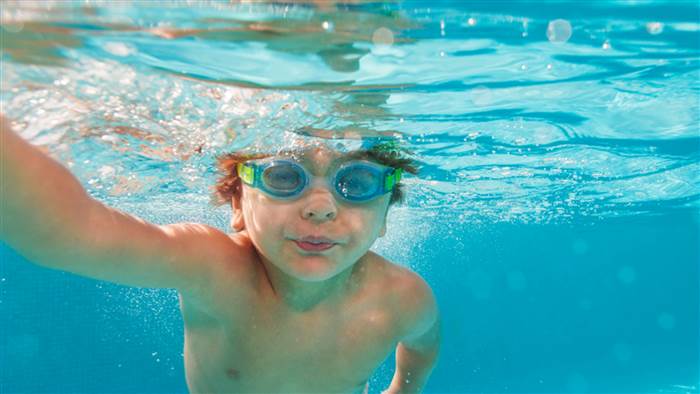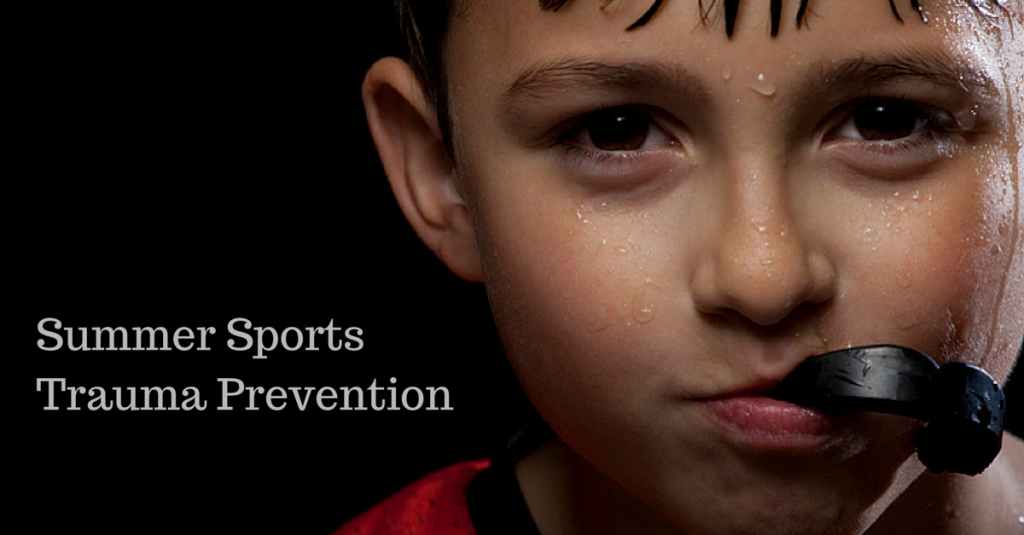Dry Drowning 101: Know the Signs with Dr. Mindy Calandro – Ask the Experts
As if the idea of drowning didn’t strike enough fear into the heart of every parent, recent news headlines and social media posts have brought a new term to the forefront… dry drowning. You might be thinking, “Well of course my kiddo has had a cough a time or two after their face inadvertently went […]
Dry Drowning 101: Know the Signs with Dr. Mindy Calandro – Ask the Experts Read More »



